
Pied Shag
Phalacrocorax varius
Also known as: Karuhiruhi


Phalacrocorax varius
Also known as: Karuhiruhi

The pied shag, or kāruhiruhi in Māori, is a striking native bird found along New Zealand's coastlines. About the size of a small goose, this black and white seabird adds a touch of elegance to our shores. With its distinctive coloration and graceful diving abilities, the pied shag is a favorite among birdwatchers and beachgoers alike.
1. Breeding adults have bright yellow facial skin, less vivid in non-breeding season
2. Striking black and white plumage with a clear demarcation between colors
3. Often seen in a characteristic wing-spreading pose to dry feathers after diving
Pied shags are expert divers, plunging up to 10 meters deep for fish. They breed year-round, with peaks in late summer and early spring. Pairs build large stick nests in coastal trees, often in small colonies. While populations are recovering from past declines, they still face threats from habitat loss, fishing nets, and human disturbance at breeding sites.
Look for pied shags along coastal areas throughout New Zealand, particularly in harbors, estuaries, and near-shore waters. They're active throughout the day but are especially visible during early morning and late afternoon when feeding. Watch for them perched on rocky outcrops, in coastal trees, or on man-made structures like piers. When foraging, they dive gracefully from the surface, disappearing for up to a minute. Tip: Scan the shoreline for their distinctive black and white silhouette, often seen perched with wings spread to dry.
Known as kāruhiruhi in te reo Māori, the pied shag has been part of New Zealand's coastal ecosystem for centuries. It features in Māori folklore and was sometimes used for food. Today, its presence along our shores serves as a barometer for the health of our marine environments, connecting New Zealanders to their coastal heritage.
75 cm
1700 g
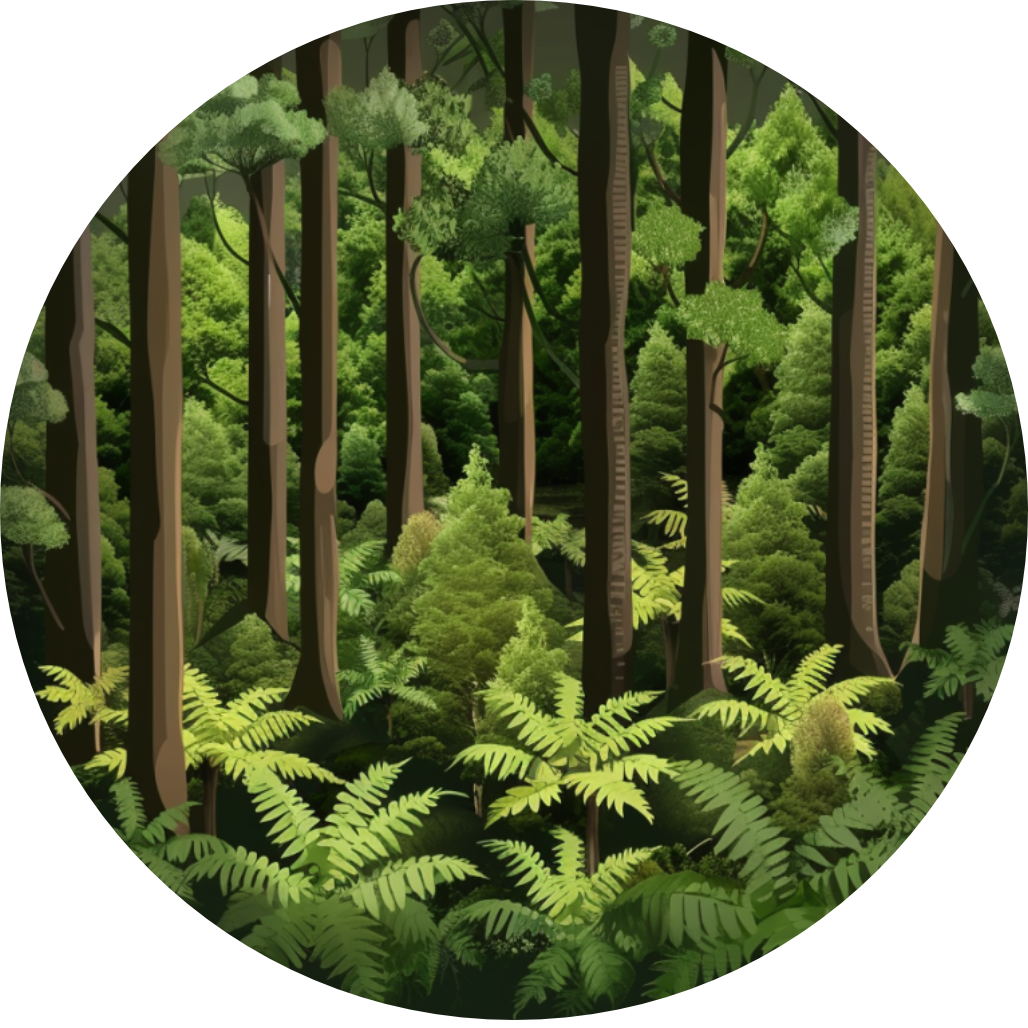
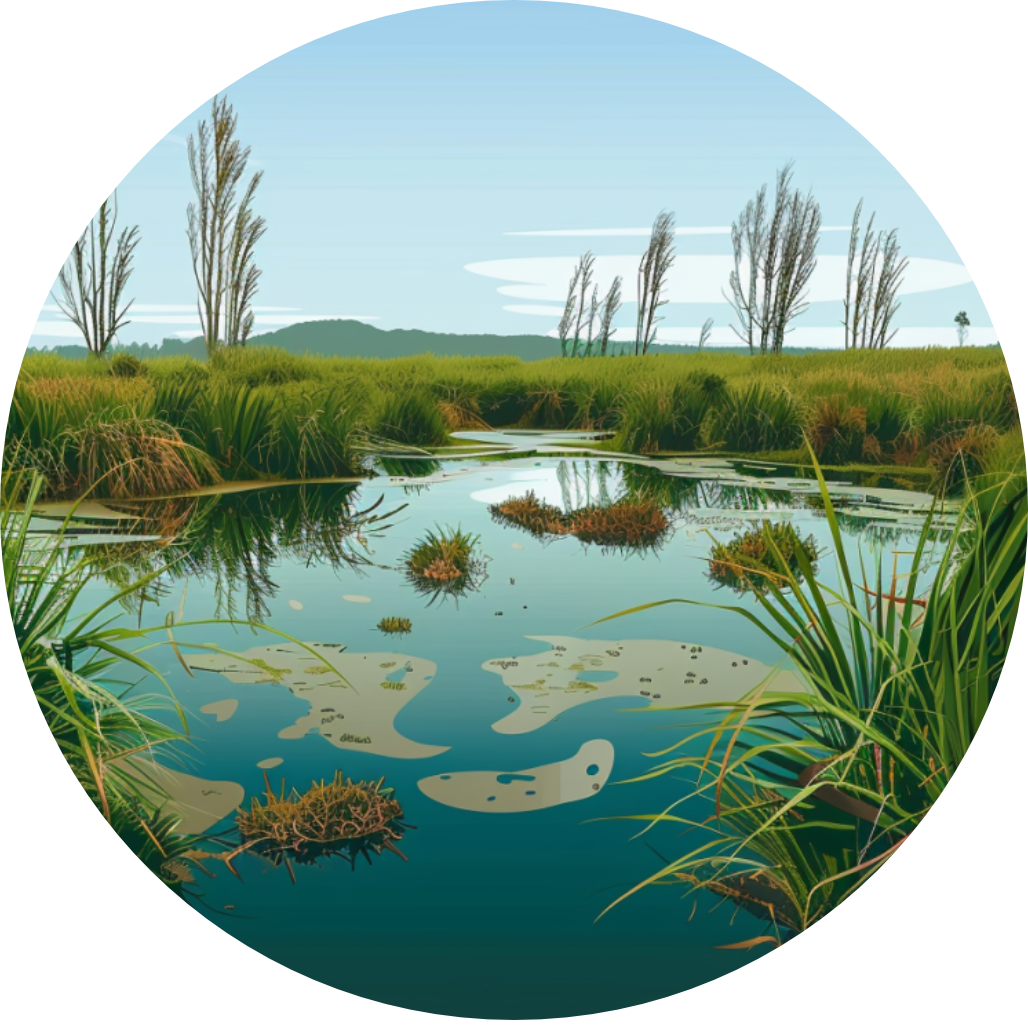
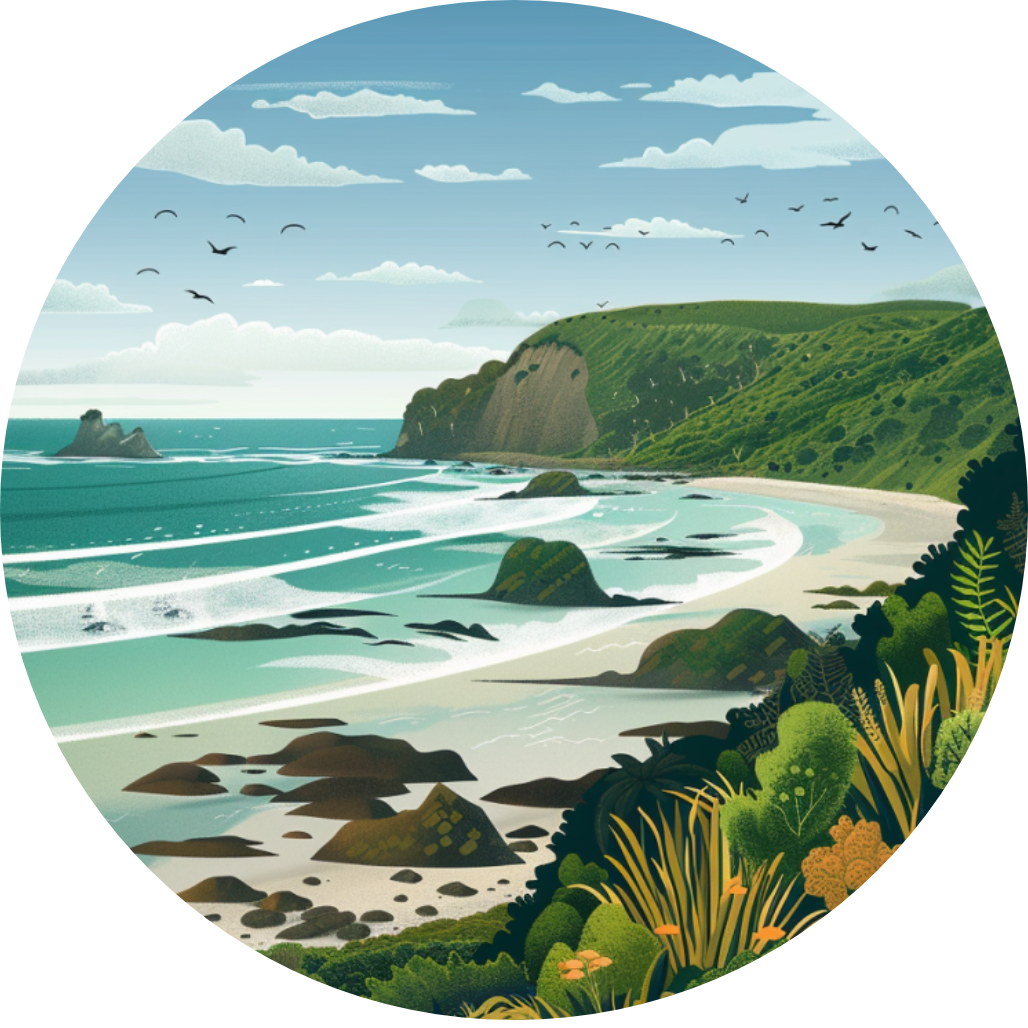
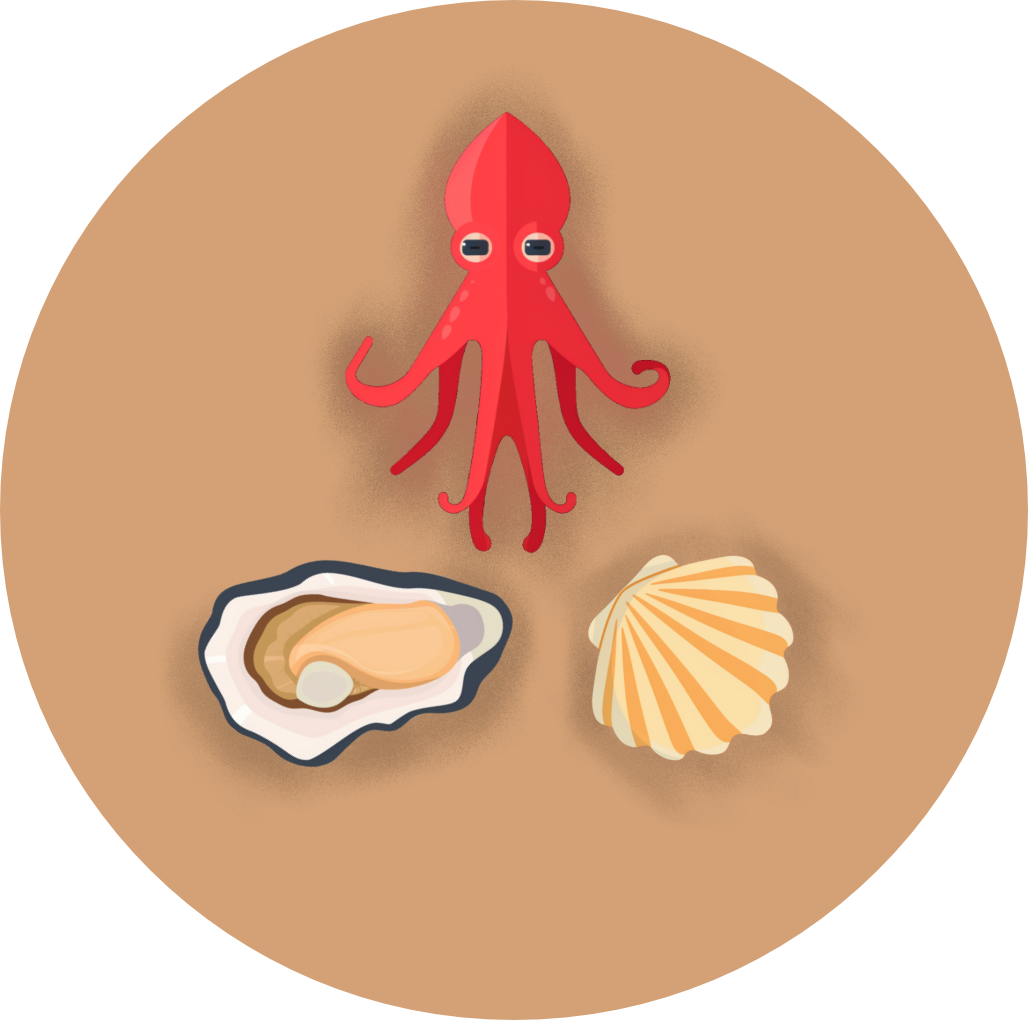
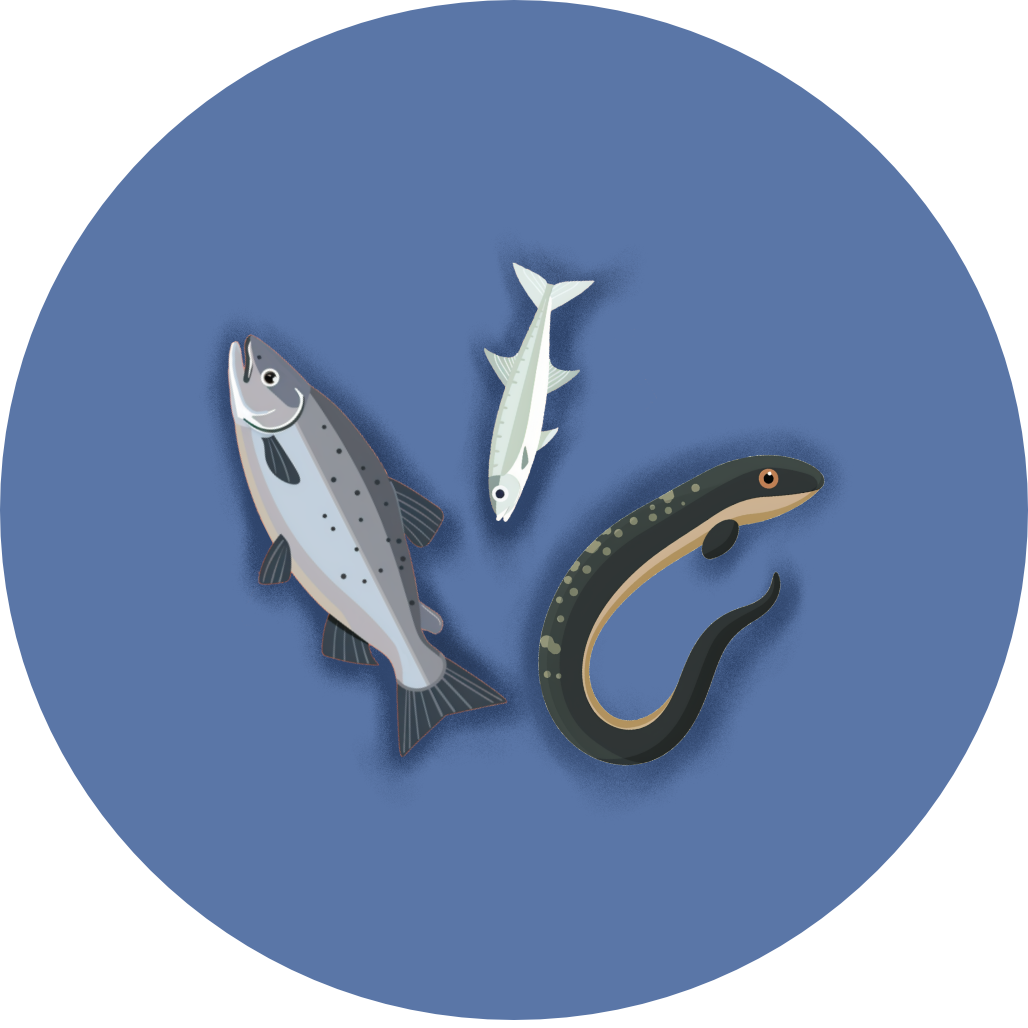
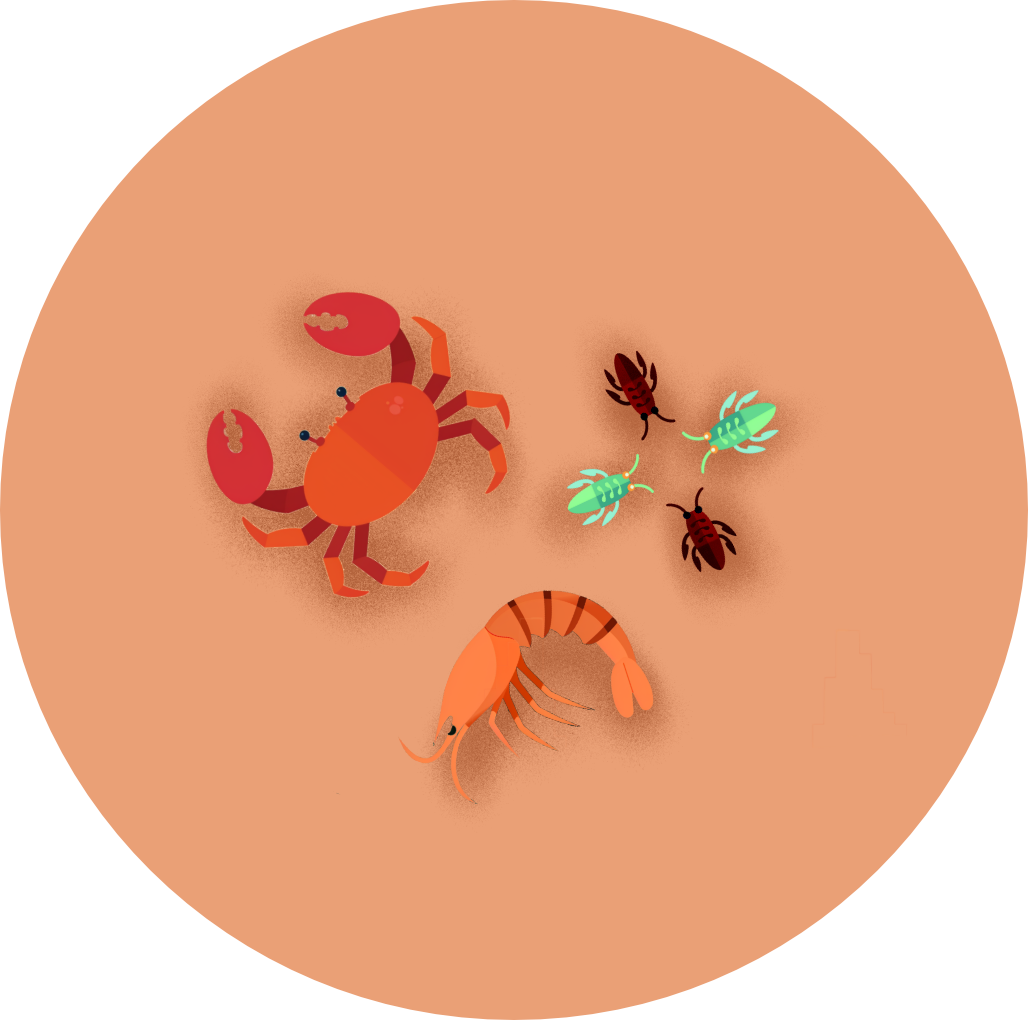
Coming Soon!
Top birding locations will be available in a future update.